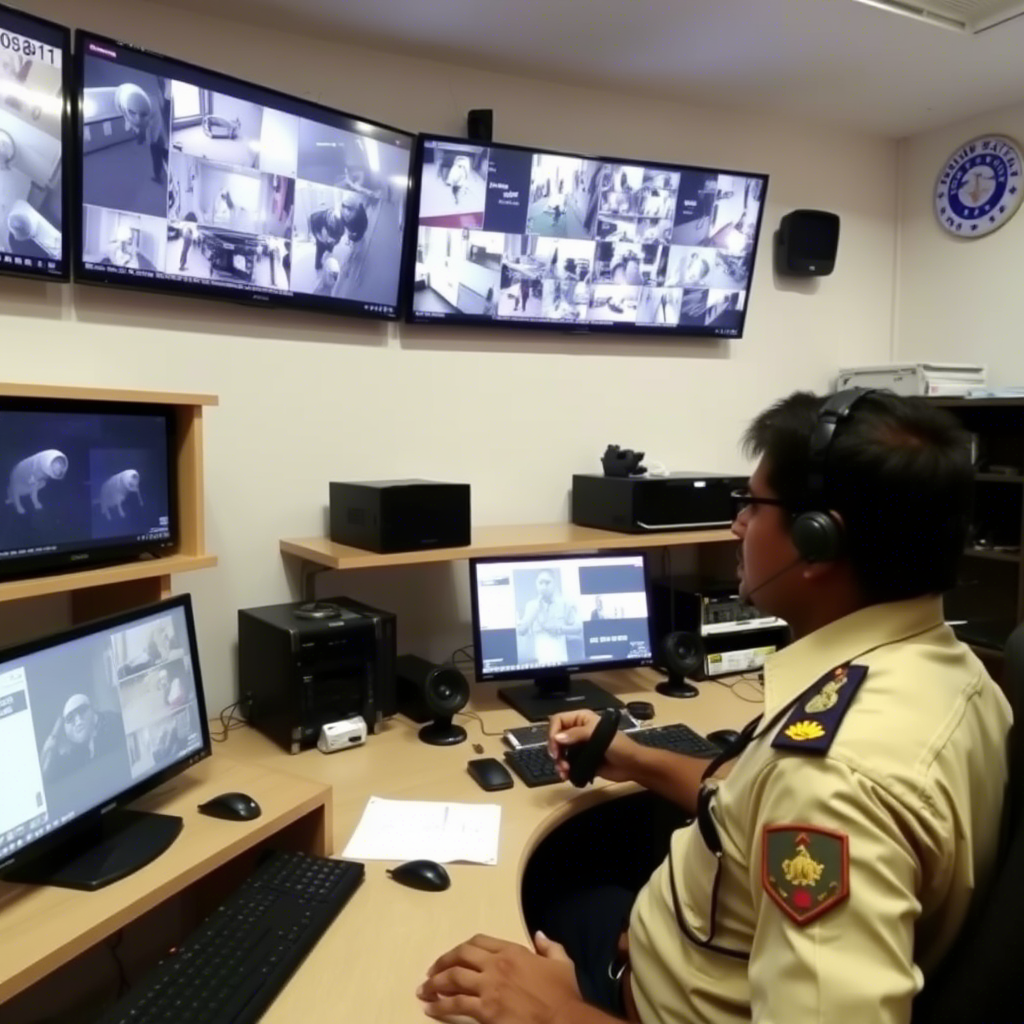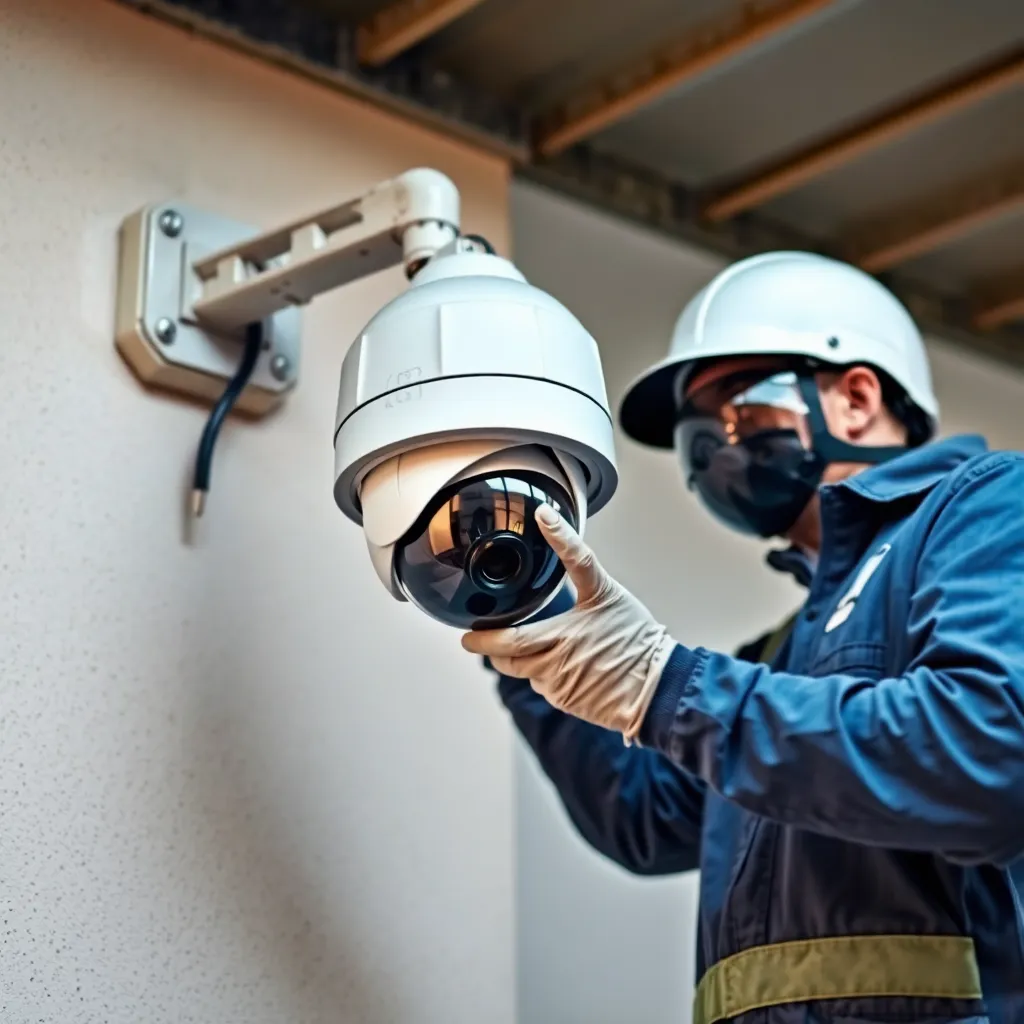
Vehicle Access Control System Using RFID for Mumbai
#### Introduction
In the bustling city of Mumbai, managing vehicle access efficiently is crucial for maintaining security and reducing congestion. A vehicle access control system utilizing RFID (Radio Frequency Identification) technology offers a streamlined and secure solution for controlling entry and exit in residential complexes, commercial buildings, and other restricted areas. This system involves the use of RFID cards for car owners and long-range RFID readers connected to boom barriers.
#### System Overview
The vehicle access control system comprises the following key components:
1. **RFID Cards**: Issued to authorized car owners.
2. **Long-Range RFID Readers**: Installed at entry and exit points to read the RFID cards.
3. **Boom Barriers**: Automated barriers that open upon successful RFID card authentication.
4. **Control Unit**: A central processing unit that manages access control logic.
5. **Database**: Stores information about authorized vehicles and their corresponding RFID cards.
6. **User Interface**: For system administrators to manage access permissions and monitor activities.
#### How It Works
1. **RFID Card Issuance**: Each car owner is issued an RFID card that is uniquely associated with their vehicle. This card contains a unique identifier that is stored in the system’s database.
2. **RFID Reader Installation**: Long-range RFID readers are strategically placed at entry and exit points. These readers can detect RFID cards from a distance, ensuring seamless and uninterrupted vehicle flow.
3. **Boom Barrier Integration**: The boom barriers are connected to the RFID readers and the control unit. When an authorized RFID card is detected, the control unit sends a signal to open the boom barrier.
4. **Access Control Logic**:
– **Card Detection**: As a vehicle approaches the entry or exit point, the RFID reader detects the RFID card.
– **Authentication**: The control unit verifies the unique identifier of the RFID card against the database.
– **Access Grant/Deny**: If the card is authorized, the control unit sends a command to open the boom barrier. If not, the barrier remains closed, and an alert may be triggered.
5. **Database Management**: The system’s database is regularly updated to add new vehicles, remove unauthorized ones, and manage access permissions. This ensures that only authorized vehicles can enter or exit the premises.
6. **User Interface**: Administrators can use a web-based or desktop interface to manage the system. This includes adding or removing RFID cards, monitoring access logs, and configuring system settings.
#### Benefits
1. **Enhanced Security**: The system ensures that only authorized vehicles can enter or exit, reducing the risk of unauthorized access.
2. **Efficiency**: Long-range RFID readers eliminate the need for manual intervention, reducing wait times and congestion.
3. **Scalability**: The system can easily be expanded to include more entry and exit points or to accommodate a larger number of vehicles.
4. **Real-Time Monitoring**: Administrators can monitor access in real-time, ensuring immediate response to any security breaches.
5. **User-Friendly**: Car owners simply need to keep their RFID cards in their vehicles, making the process convenient and hassle-free.
#### Implementation in Mumbai
1. **Site Selection**: Identify key locations in Mumbai where the system will be implemented, such as residential complexes, commercial buildings, and gated communities.
2. **Infrastructure Setup**: Install long-range RFID readers and boom barriers at designated entry and exit points. Ensure that the readers are positioned for optimal range and accuracy.
3. **System Integration**: Connect the RFID readers and boom barriers to the control unit and database. Ensure seamless communication between all components.
4. **Training**: Provide training to administrators on how to use the system, manage access permissions, and monitor activities.
5. **Testing**: Conduct thorough testing to ensure that the system works as intended. This includes testing the range of the RFID readers, the responsiveness of the boom barriers, and the accuracy of the database.
6. **Maintenance**: Regularly maintain the system to ensure that all components are functioning correctly. This includes updating the database, checking the RFID readers and boom barriers, and addressing any technical issues.
#### Conclusion
A vehicle access control system using RFID technology offers a robust and efficient solution for managing vehicle access in Mumbai. By utilizing long-range RFID readers and boom barriers, the system ensures enhanced security, efficiency, and convenience for both car owners and administrators. With proper implementation and maintenance, this system can significantly improve the management of vehicle access in various settings across the city.




